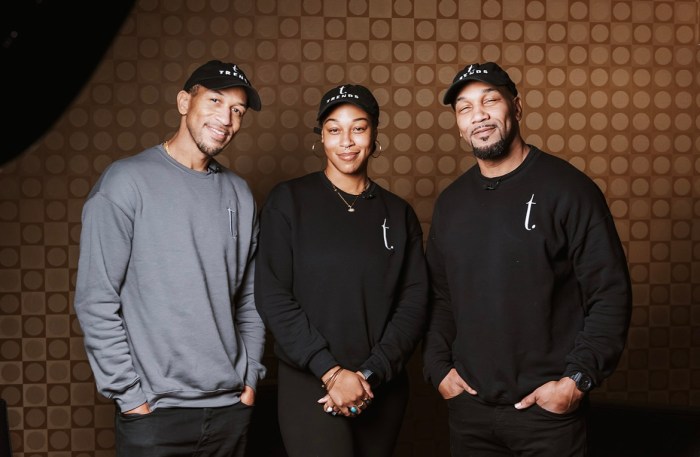By Joan Brown Wettingfeld
“George Washington traveled this road on his tour of Long Island, April 24, 1790. Commemorating this event, the Matinecock Chapter, Daughters of the American Revolution, Flushing New York here set this mark.” — Memorial marking George Washington’s visit, “neglected and all but forgotten”
The memorial is located on the south side of Horace Harding Boulevard, some 100 feet east of 233rd Street, and is “all but forgotten,” so reads a marker. Isolated since the construction of the Long Island Expressway and the widening of Horace Harding Boulevard years ago, its story is barely known today. The Flushing Chapter of the Daughters of the American Revolution, sponsors of the marker, unfortunately has disbanded.
It is time for another organization to adopt this symbol of an important page in our history and check on its status. In view of our commemoration of President’s Day this month, I thought it appropriate to present its story.
Soon after he became president in 1789, Washington made his first visit to our area. As he noted in his diary, the purpose of this earlier tour was to ascertain the agricultural conditions of the country. At that time, on Oct. 10, 1789, he crossed by boat to Flushing to see the famed nursery and garden of William Prince, known as the Linnaen Gardens, after the notable European botanist Linnaeus.
In his diary the president wrote, “Pursuant to an engagement formed on Thursday last, I set off from New York about 9 o’clock to visit Mr. Prince’s gardens and shrubberies at Flushing on Long Island.” He was accompanied by Vice President John Adams and the governor of the state.
It seems, however, that he was not as impressed by the nurseries as expected, but he did express enjoyment at the adulation of the crowds, though rather sardonically, commenting that they “showed what respect they could by making the use of one cannon to salute.”
A large tent of cedar bushes and other evergreens was constructed and tables were lavishly spread. A dinner was held in the president’s honor. People shouted and waved their hats, and in return Washington is said “to have raised his tri-cornered hat and bowed to the crowd, recognizing their approbation.”
Washington again visited Long Island when leaving from the nation’s first capital, New York City, on April 20,1790 for a five-day trip. He traveled through Brooklyn to Jamaica, Hempstead (then part of Queens County) and to present-day Amityville. On the third day he spent time in Setauket to stop for a visit with Capt. Austin Roe, an important link in the Townsend chain of Revolutionary spies.
Washington continued on the next day to Smithtown, Huntington and Oyster Bay, where he spent the night. The following morning, April 24, he breakfasted at the home of Hendrick Onderdonck in Roslyn on Hempstead Harbor. The house still stands and is a famous restaurant.
In that year there was much discussion about selecting a permanent seat for our government, and Washington toured many proposed sites, including Harlem Heights, Westchester and Long Island. His servants, horses and carriages preceded him on his route. After spending nearly a week on Long Island, he commented in his diary, “The road is very fine (this was the old Post Road) and the country is in a higher state of cultivation — vegetables, grass and grain — than any place I had seen.”
The route Washington’s party followed through Bayside was then called West Alley Road, which passed through the Alley to East Alley Road, which in turn led eastward to Roslyn (then in Queens County) and beyond. It was recorded that Gen. Washington and his party stopped at the Alley Tavern for rest and refreshments.
The route he followed was the main east-west thoroughfare on the North Shore. It was not until 1824 that present-day Northern Boulevard, known then as the Flushing and North Hempstead Turnpike, was constructed across the meadows near the head of Little Neck Bay.
It is probable that Washington’s tour in 1790 had two purposes. He wished to express thanks to those Long Islanders who displayed loyalty to our cause in the Revolutionary War, especially to those inhabitants who were members of the famous and most effective spy system set up on the island to observe the movements of British ships and troops.
As mentioned before, there is reference in some historical works to the idea that he was looking at suitable locations for establishing the capital of the United States; however, this supposition is open to conjecture as Washington did not write a single word in his diary concerning the reason for his visit.
The Washington marker does not appear to be visible from the road as it once was. Neglected as it has been for many years, be aware that inspection is difficult.
Joan Brown Wettingfeld is a historian and free-lance writer and can be reached at JBBAY@aol.com.

































